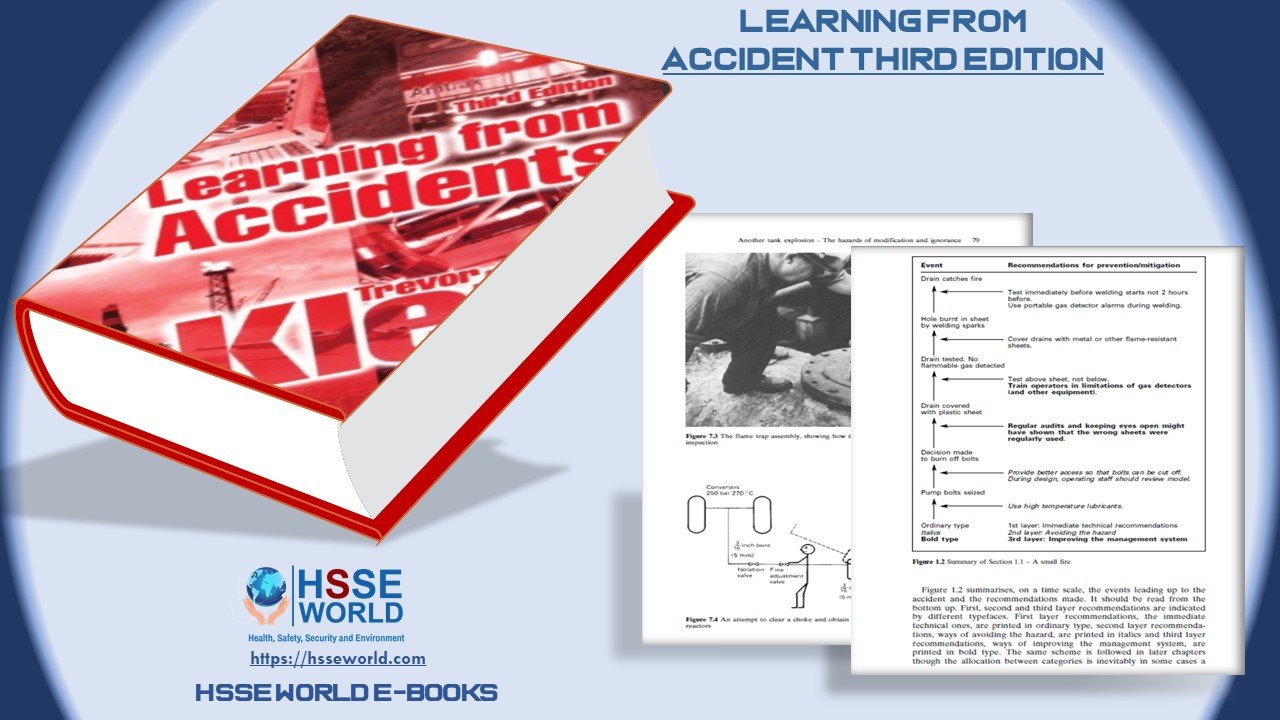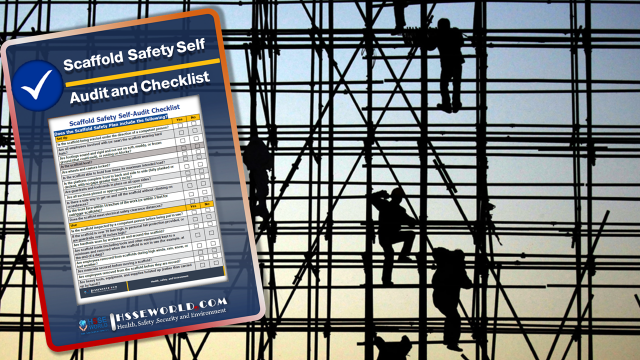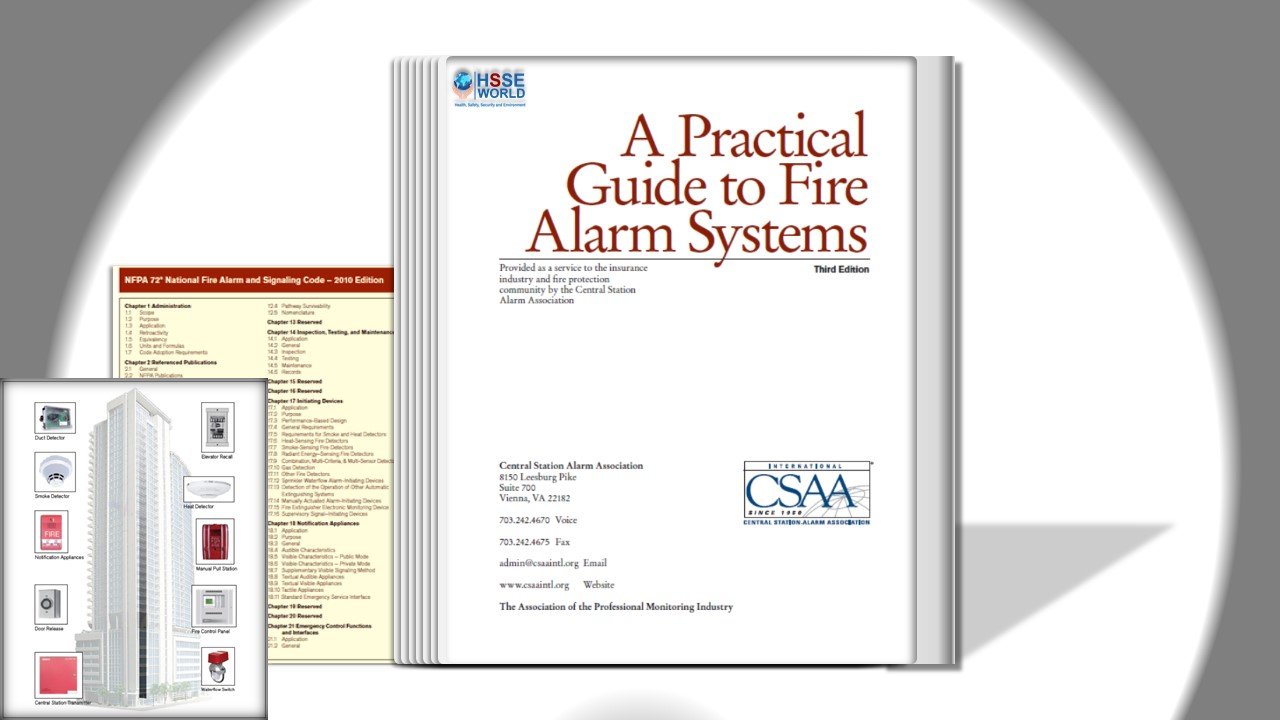How Hearing Works
If you’re one of the twenty-million individuals that are subject to dangerous noise-levels on the work site you will want to implement precautionary tactics to counter the danger of hearing loss. You’ll want to be educated on how hearing functions and is measured.
How the Ear Hears
Frequencies of sound make their way past the ear-canal to the eardrum. The membrane then resonates when the noise reaches it, vibrating similarly to a drum that has just been hit. The noise is transported through small, tender bones in the centre of the ear to what is called the cochlea. The cochlea is a winding, empty formation containing liquid and hair-cells. The frequencies create waves in the cochlea’s liquid, which then makes their way to the hair-cells. These hair-cells respond by transferring the frequencies as nerve impulse. These impulses are then carried to parts of the brain which allow you to experience them as noise.
How Damage Occurs
The hair-cells that run along your ear’s cochlea are very tender and can be harmed very easily by ear infections, head damage, and some narcotics. However, the most prominent form of ear damage is caused by sound. Excessive noise-levels can slowly kill off the nerve cells. So slowly, in fact, that most people don’t notice it occurring until it’s too late and their hearing is gone.
Luckily, there is a way to measure the effects of hearing loss with an assessment that can monitor your auditory reception and warn you and your employer before it is too late. During this assessment, which grades your capability of experiencing a variety of frequencies and pitches, you’ll be asked to listen for noises and report which ones you can hear.
The test results are displayed on an audiogram, a chart that records your auditory threshold. The frequency of noise will be presented on the horizontal line on the chart. The units of frequency are measured by what is called the Hertz (in symbol form: Hz).
The larger the figure, the higher the frequency is. On the left-hand a vertical line is displayed to show the height of the noise levels in relation to your auditory thresh-hold. This is quantified in a unit of measurement known as “decibels”(dBA). The audiogram’s spiked line connects the auditory threshold at various frequencies. A taller line indicates superior hearing capabilities.
This machine reflects how auditory range alters with age. For instance, reception to lower frequencies doesn’t change much at all, but with age people tend to have difficulty hearing higher pitches. Similar alterations occur as a result of consistent exposure to loud noise. In comparison at one year intervals, audiograms reveal that the line has dropped notably.
What Does “Too Loud” Mean?
dBA, as well as being used to quantify auditory limitation, is also used for generally measuring volume of noise. In the average quiet bedroom there are about 20 decibels. When operating a power-saw there are around 110.
In accordance with OSHA protocol, there must be hearing protection if you are subject to over 85 dBA for 8 hours or more. Wear auditory protection at all times when the decibel level reaches 90. You know you need hearing-protection if someone talking 2 ft away is difficult to hear. Other indicators include a resounding ringing of the ears or lessened hearing after you have left the worksite.
Regardless of what you may have heard in the past, your ears don’t gradually get acquainted to noise. Your ears are experiencing the same level of noise and don’t develop natural protection against high decibel levels.
You can make sure your hearing remains healthy by using ear protection and getting your hearing frequently assessed.





